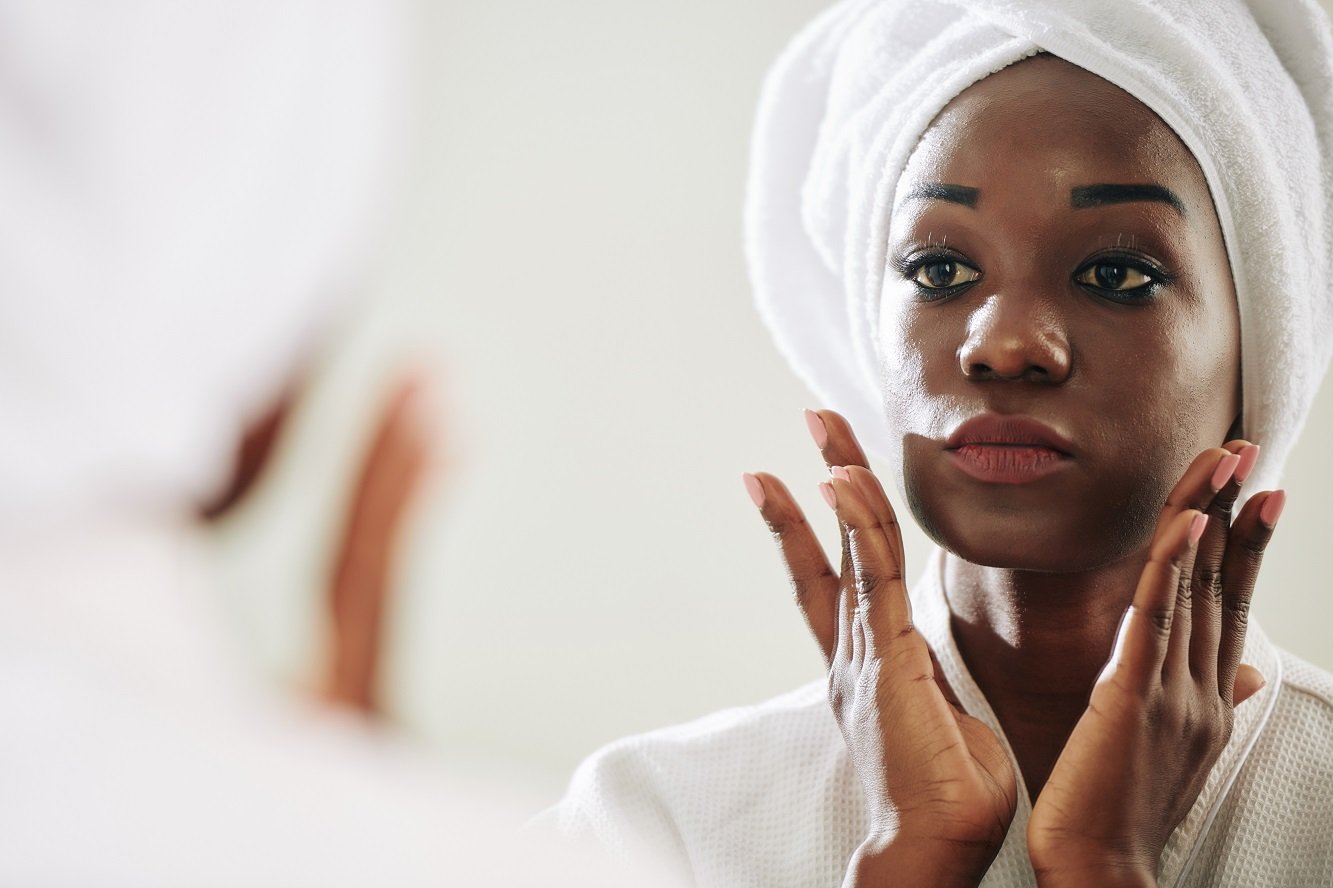Acne is a common skin condition that causes pimples, which form when hair follicles under the skin become clogged. The leading cause of spots anywhere on the body is the closure of hair follicles. These follicles may be clogged with fat or dead skin cells or closed for hormonal reasons. The most common reason for the closure of hair follicles is an excessive increase in sebum, which manifests in pimples.
The first two types of acne that we will discuss are whiteheads and blackheads, which are non-inflammatory. This type of acne is usually easier to treat than inflammatory acne, so that over-the-counter treatments may be effective. And in inflammatory acne that is more difficult to treat are papules, purulent boils, nodules, and cysts.
This article will deal with different types of acne (pimples) to get to know them better.
Blackheads
Blackheads are follicles with open pores filled with fat, dead cells, and melanin that turn black when oxidized. Blackheads form when the attached follicles on the surface of the skin open. Also, when the commodes are open. The cause of blackheads is not due to the reaction of the sebaceous glands with air and due to pus or contamination of the sebaceous glands.
Whiteheads
Whiteheads are formed when bacteria, sebum, or dead cells are trapped in one of the pores of your skin. Whiteheads, unlike blackheads, have no way to the surface of the skin and are closed. Whiteheads are annoying and usually challenge the beauty of your skin at the worst possible time. But the good news is that you can prevent pimples by making lifestyle changes and topical medications.
Papules
This type of acne usually appears as small red bumps on the skin. These lumps are typically clustered and can be very painful. These hard grains are subsurface bumps on the skin. This type of acne is firm, intense, and pink, and the skin around them is usually slightly swollen and red. Unlike hard white pimples, the hard center of the grains is not visible, and their pores are not expanded, unlike blackhead pimples.
Hard pimples occur when white or blackheads are irritated, causing damage to the skin around the spot and inflammation. Fortunately, papules can be treated with antibiotics or topical treatments such as tretinoin.
Purulent boils
Purulent pimples also form when the walls around the skin’s pores are damaged. Unlike boils, these pimples are filled with pus.
Nodules
The nodules become more stimulated and enlarged if the pores become clogged and swollen. Unlike pimples and boils, nodules are located deep under the skin.
Because the nodules are so deep in the skin, you cannot usually treat them at home. Prescription medications are essential to help alleviate these problems.
Cysts acne
Cysts can form if a pore is blocked by a combination of bacteria, fat and dead skin cells. Clogging occurs deep in the skin and is below the surface of the nodules. Cysts are the most prominent form of acne and are usually the result of a severe infection. This type of acne is more prone to scarring.
How to Overcome Acne?
Each type of acne requires its method of treatment and care. So that the way you choose can be effective and on target, you should first consult a dermatologist to find out what acne you have.
Here’s how to treat different types of acne:
- Treating mild acne: Mild acne consists of blackheads, whiteheads, and small pustules. It can be treated with many treatment options. Over-the-counter acne medications usually contain benzoyl peroxide, salicylic acid, resorcinol, or sulfur.
- Treating moderate to severe acne: Moderate to severe acne consists of blackheads, whiteheads, papules, and nodules that progress to other areas of the face or body. This type of acne requires more complicated treatment than mild acne. Your doctor may prescribe you antibiotics or corticosteroids in the form of topical medications, such as creams or lotions. Retinoid acid can also be given to help prevent blackheads and whiteheads.
- Treating severe acne: Severe acne consists of deep nodules and cystic acne. Severe acne can cause redness, swelling, and skin damage. This type of acne requires extreme care and treatment. For proper treatment, you will need to see a dermatologist.

